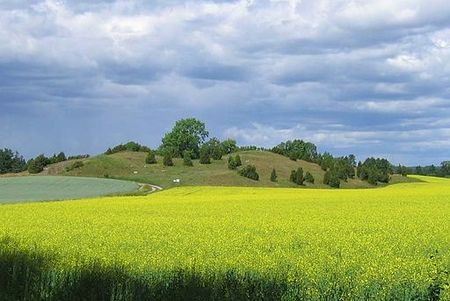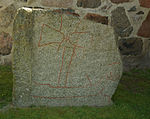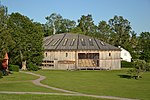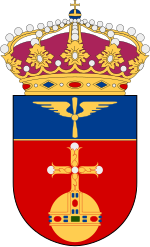Valsgärde
Archaeological sites in SwedenFarms in SwedenVendel PeriodViking Age populated placesViking ship burials

Valsgärde or Vallsgärde is a farm on the Fyris river, about three kilometres north of Gamla Uppsala, the ancient centre of the Swedish kings and of the pagan faith in Sweden. The present farm dates from the 16th century. The farm's notability derives from the presence of a burial site from the Swedish Vendel Age (part of the Iron Age (c. 550–793) and the Viking Age); it was used for more than 300 years. The first ship burial is from the 6th century and the last graves are from the 11th century.
Excerpt from the Wikipedia article Valsgärde (License: CC BY-SA 3.0, Authors, Images).Valsgärde
Vattholmavägen, Uppsala
Geographical coordinates (GPS) Address Nearby Places Show on map
Geographical coordinates (GPS)
| Latitude | Longitude |
|---|---|
| N 59.926083333333 ° | E 17.626333333333 ° |
Address
Vallsgärde gravfält
Vattholmavägen
754 40 Uppsala
Sweden
Open on Google Maps







